Any moth-er will tell you, a lot of moths are shit…that’s not to say they don’t like them, rather lots of moths have evolved to resemble bird droppings. Among those that have camouflaged themselves as guano are the wondrous Chinese Character, the Lime-speck Pug, the Least Carpet and the Garden Carpet, and several others. They are unaware of their superficial resemblance to a dollop of tacky avian ordure. Anyway, it’s what’s on the inside that matters and moths have feelings too…sort of.
Other moths have a grander perspective on camouflage, Buff Arches, as previously mentioned looks like a chunk of knapped flint and so can hide among the stones on the woodland floor with predators unaware of its presence.
But, today I want to talk about a sticky moth. I don’t mean the species has adhesive qualities, although if you let it walk on to your finger you can feel it clinging on to your skin. No, the moth we know as the Buff-tip looks like a piece of broken twig. A twig from a birch tree to be precise. Unfortunately, the best twig I found was from our wisteria, so he had to make do. In my first photo, it is difficult to see where moth and twig begin and end. Is that twiglet the alpha to the moth’s omega or its yang to its yin? You decide.
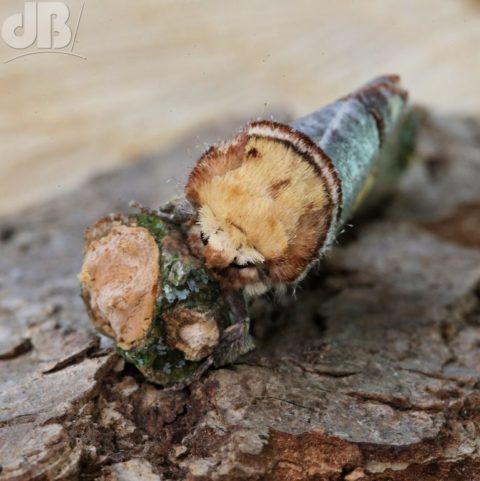
In this photo, the moth was still clinging to its twig, almost for dear life, and in my photo it’s more obvious which is which, but…are you sure, you’re seeing it the right way?
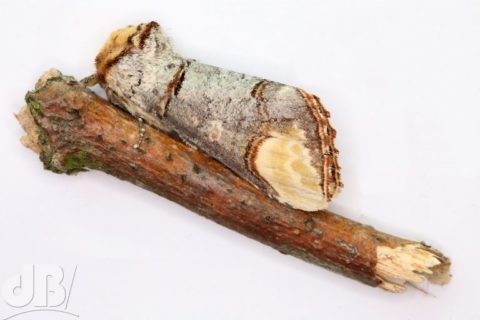
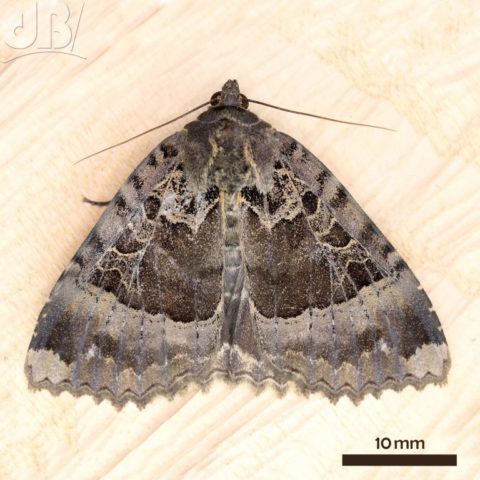
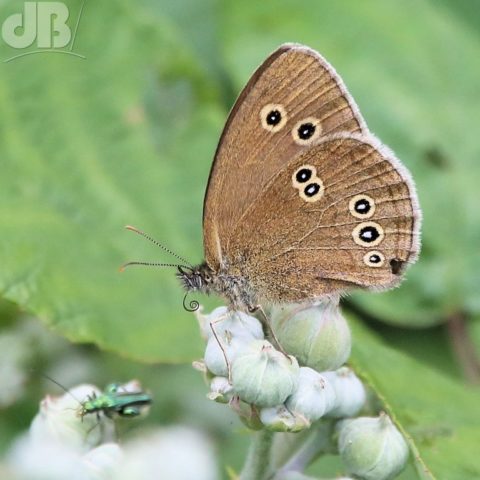
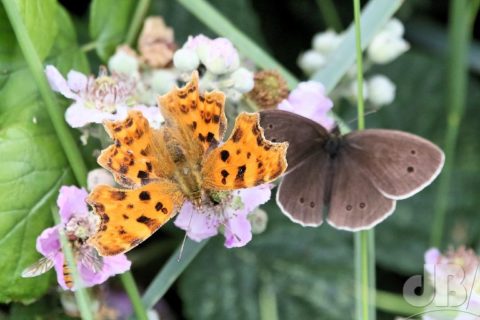
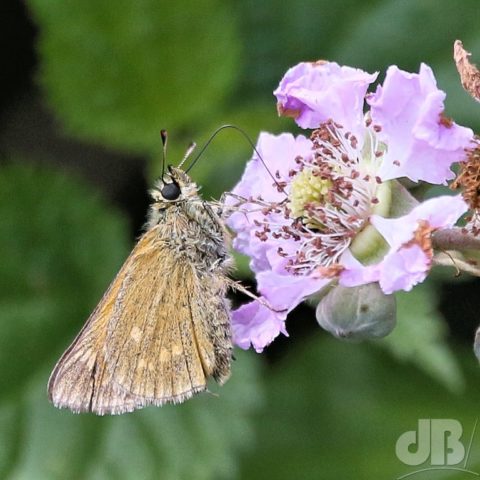
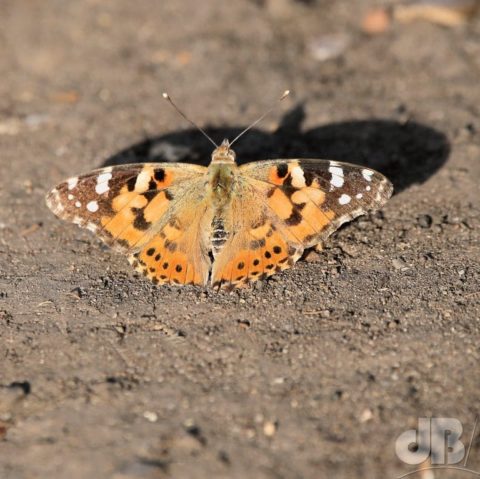
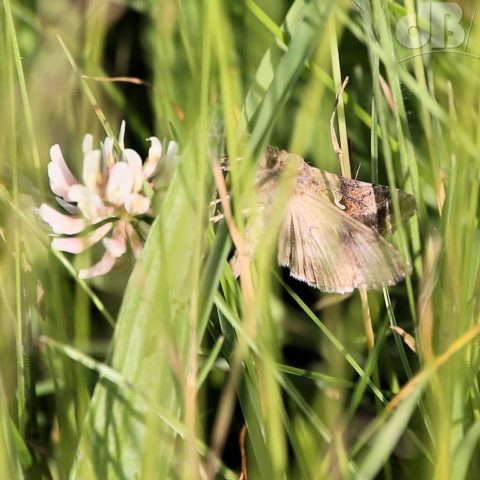


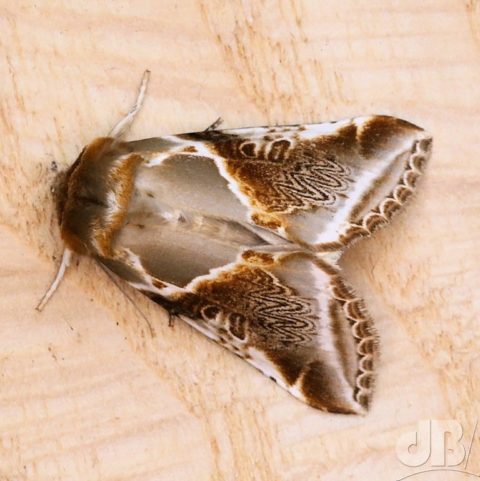
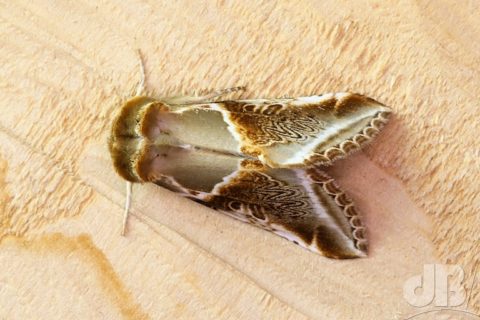
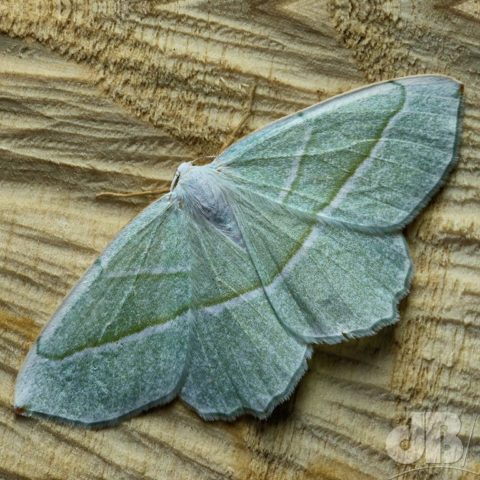
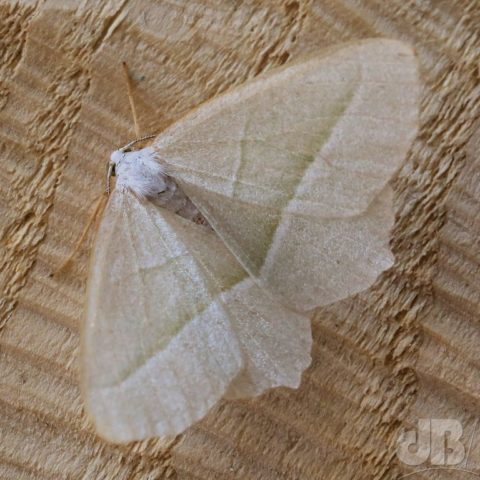
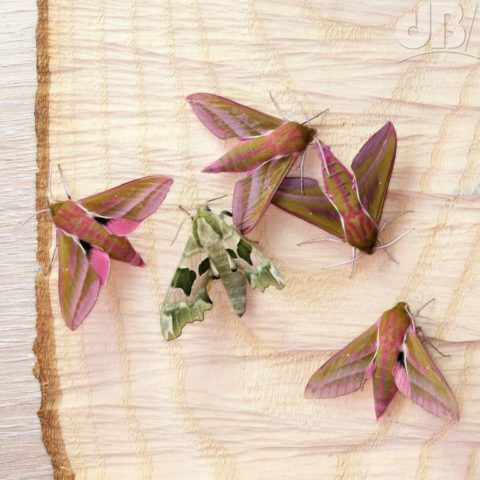
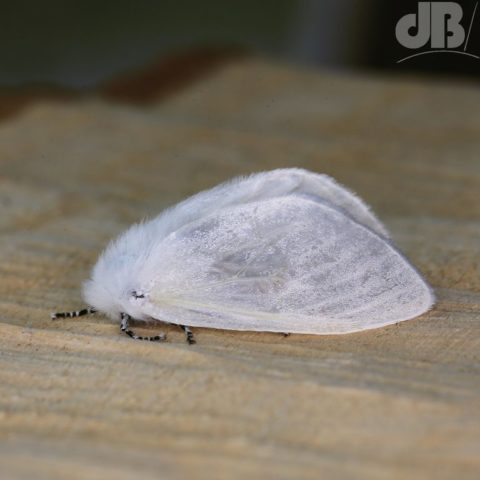


![Fenland Pearl, Anania perlucidalis (Hübner, [1809])](https://www.sciencebase.com/images/Fenland-Pearl.jpg)
